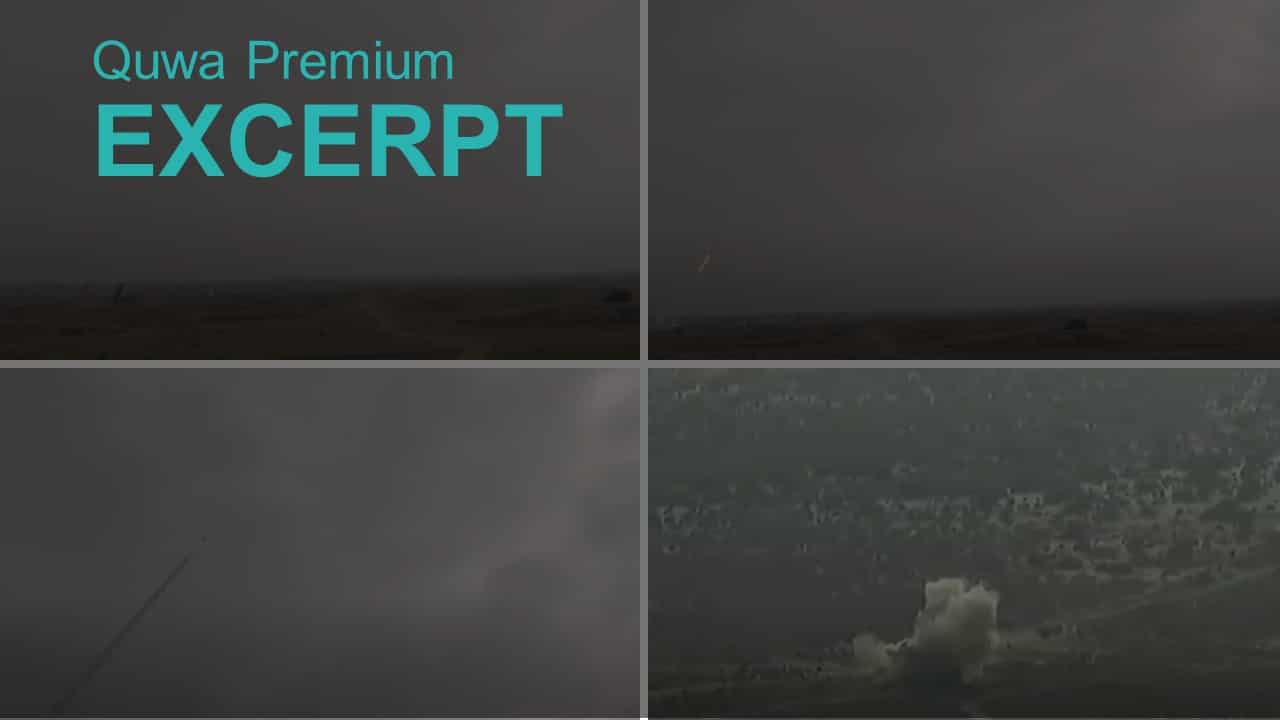Zarvan
Elite Member
- Apr 28, 2011
- 55,395
- 65,360
- Country of Origin

- Country of Residence

This is officially the first missile test since the launch of this new forum
Thank you Pakistan Army / ISPR
Okay I agree the missile fired is looking way different from what was displayed. Although I really hope the picture of Chinese MRL/Ballistic missile you have posted is the way Pakistan is going. I mean I hope FATAH II is similar to this system.That’s what I was pointing to. It could be to a modular system with different type of rockets/missiles. Like so:
View attachment 4134

View attachment 4136
















